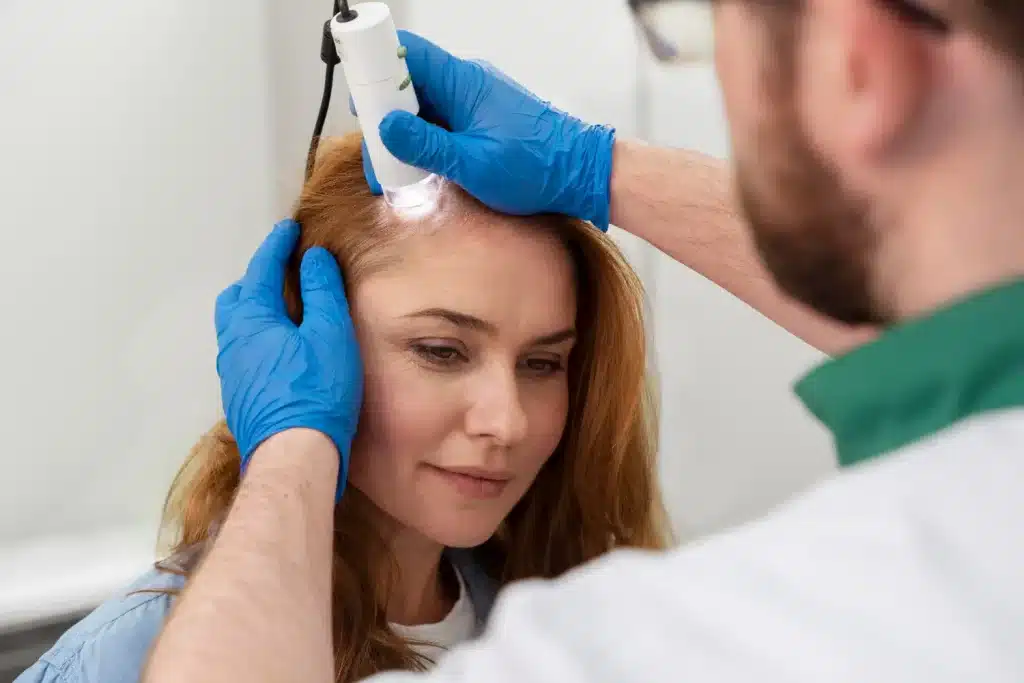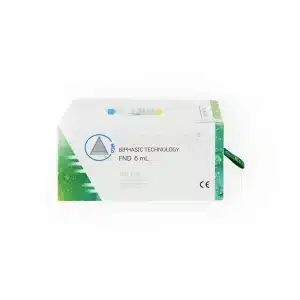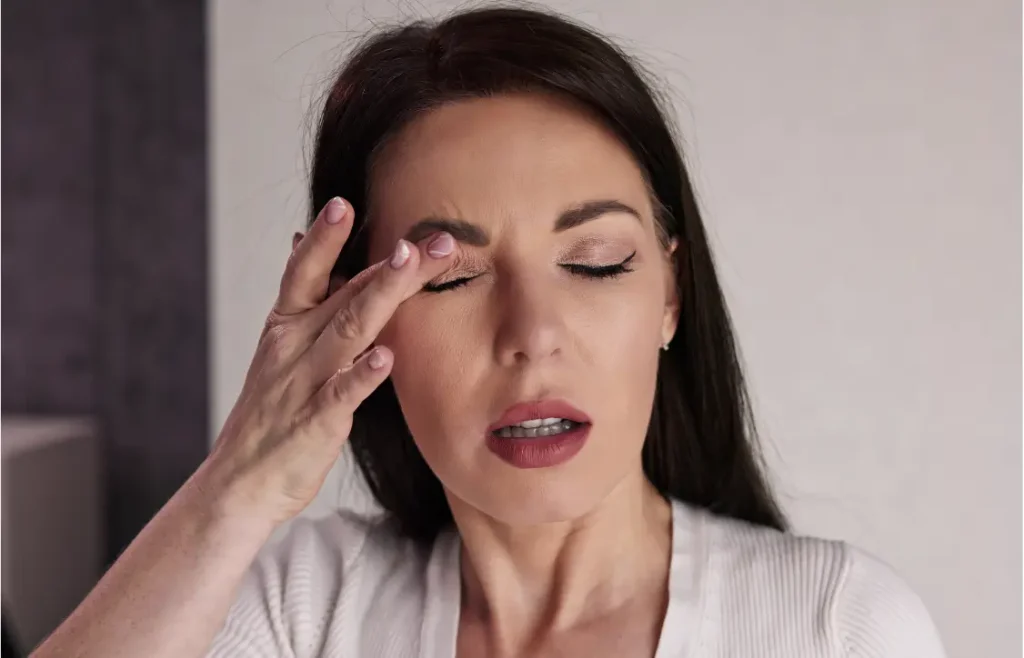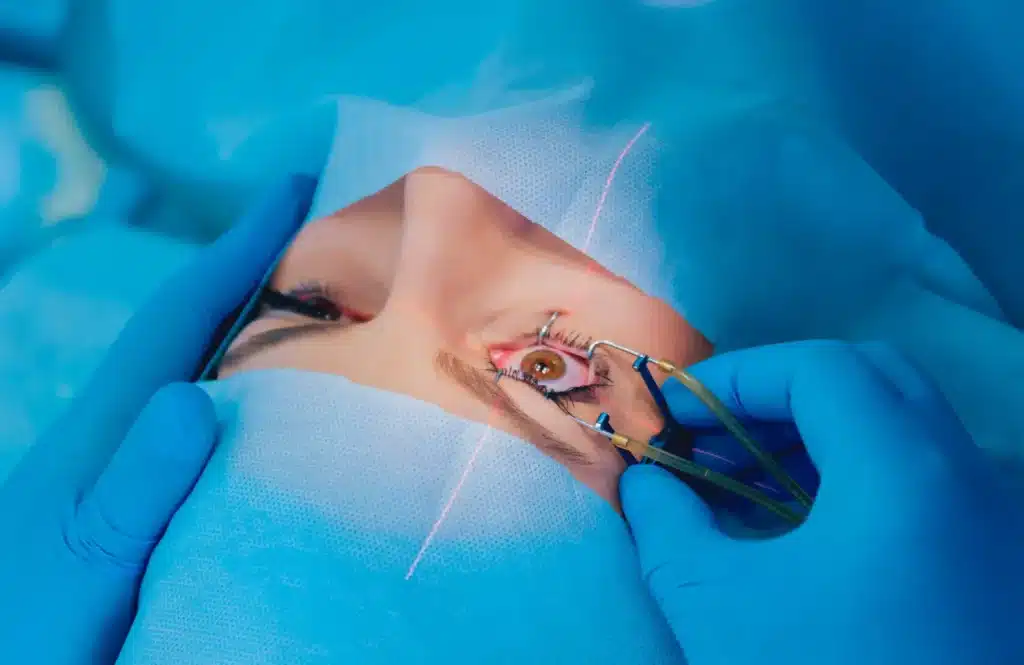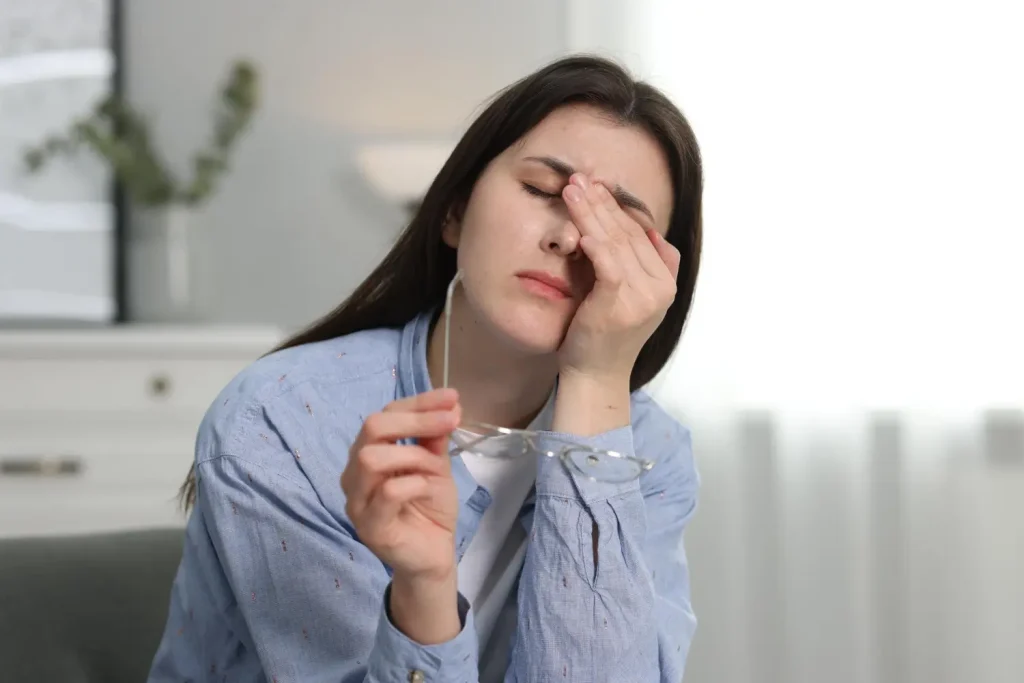Hair loss is a global concern, affecting millions and stemming from causes such as genetics, hormonal imbalances, stress, and certain medical conditions. According to the American Academy of Dermatology, hair loss can significantly impact self-esteem and quality of life, often leading individuals to seek effective and non-invasive solutions.
Plasmolifting, a cutting-edge cosmetic procedure, uses platelet-rich plasma (PRP) therapy derived from the patient’s own blood to promote healing and natural regeneration. It is gaining popularity for its ability to improve hair health, stimulate growth, and provide a safe, non-surgical alternative to invasive treatments.
In this article, we will explore the science behind Plasmolifting for hair loss, its potential benefits, and how it compares to other treatment options.
Key Takeaways
- Plasmolifting is a non-invasive PRP-based treatment using the patient’s blood to improve hair thickness and address hair loss.
- Studies confirm significant improvements in hair density for male and female pattern baldness within a few months of treatment.
- This treatment involves isolating platelet-rich plasma and injecting it into the scalp to stimulate hair follicles.
- Plasmolifting has a low risk of side effects due to the use of the patient’s own blood.
- Patients should avoid harsh chemicals and heat styling for post-treatment care to enhance results.
About: Medical Spa RX provides medical practices with premium products at the best prices. If you’re looking to order Plasmolifting online for your practice, the sales representatives at Medical Spa RX can give you guidance.
Understanding Plasmolifting for Hair Loss
Plasmolifting is an effective, non-invasive treatment for hair loss that uses platelet-rich plasma (PRP) derived from the patient’s blood. It is particularly effective for addressing conditions like male pattern baldness and hair thinning.
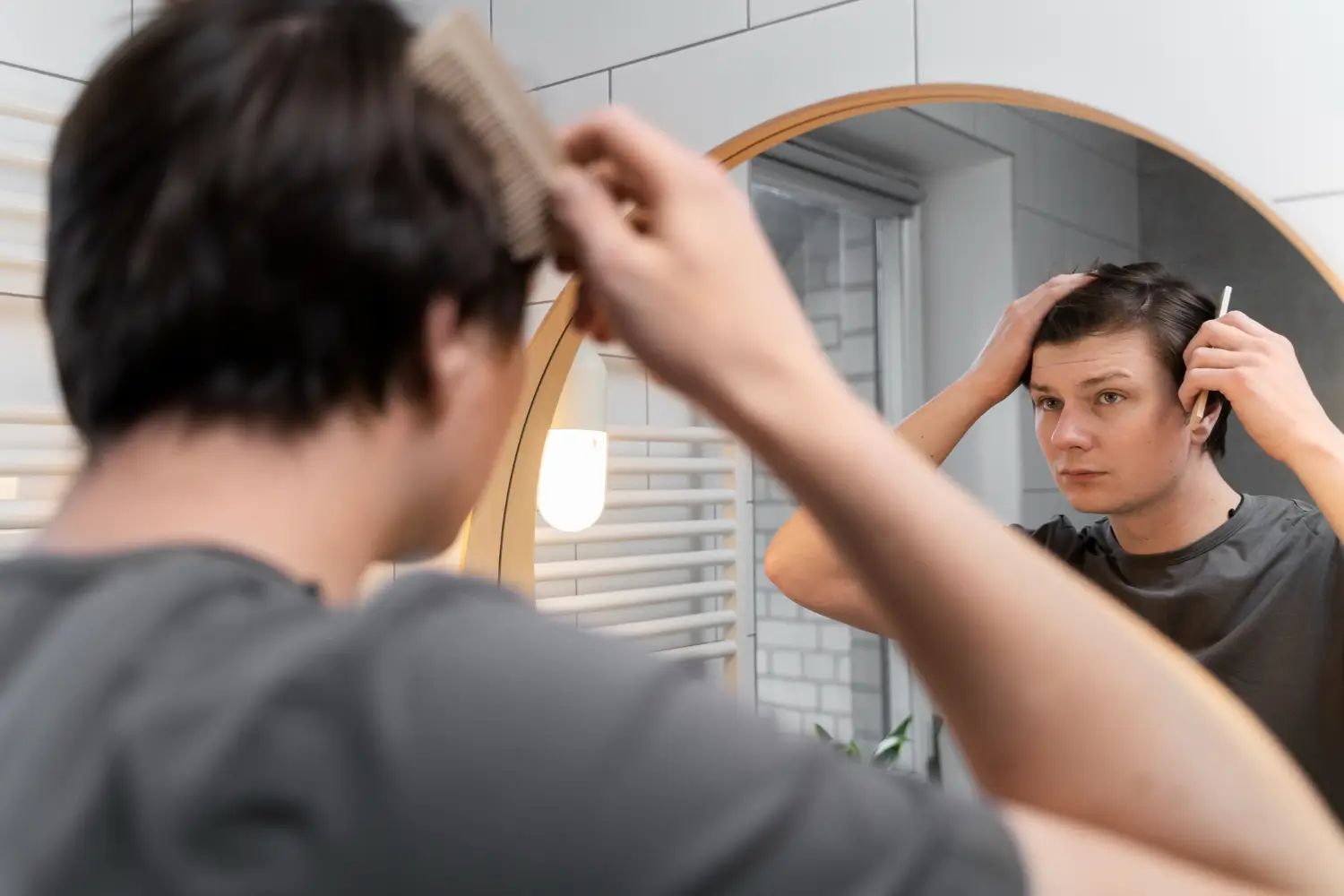
PRP is rich in growth factors that stimulate hair follicle activity, enhance blood circulation, and promote cell regeneration. These processes help revive dormant follicles, encourage hair regrowth, and improve overall scalp health.
This innovative therapy is gaining popularity because it delivers natural and noticeable results with minimal downtime. As a safe and non-surgical alternative, Plasmolifting offers a promising solution for those looking to restore hair thickness and boost confidence.
The Process of Plasmolifting Treatment
Plasmolifting for hair loss is a minimally invasive treatment that utilizes the natural healing properties of your blood. The process begins with drawing a small amount of blood from the patient, which is then processed in a centrifuge to isolate PRP to stimulate hair follicles and promote regeneration.
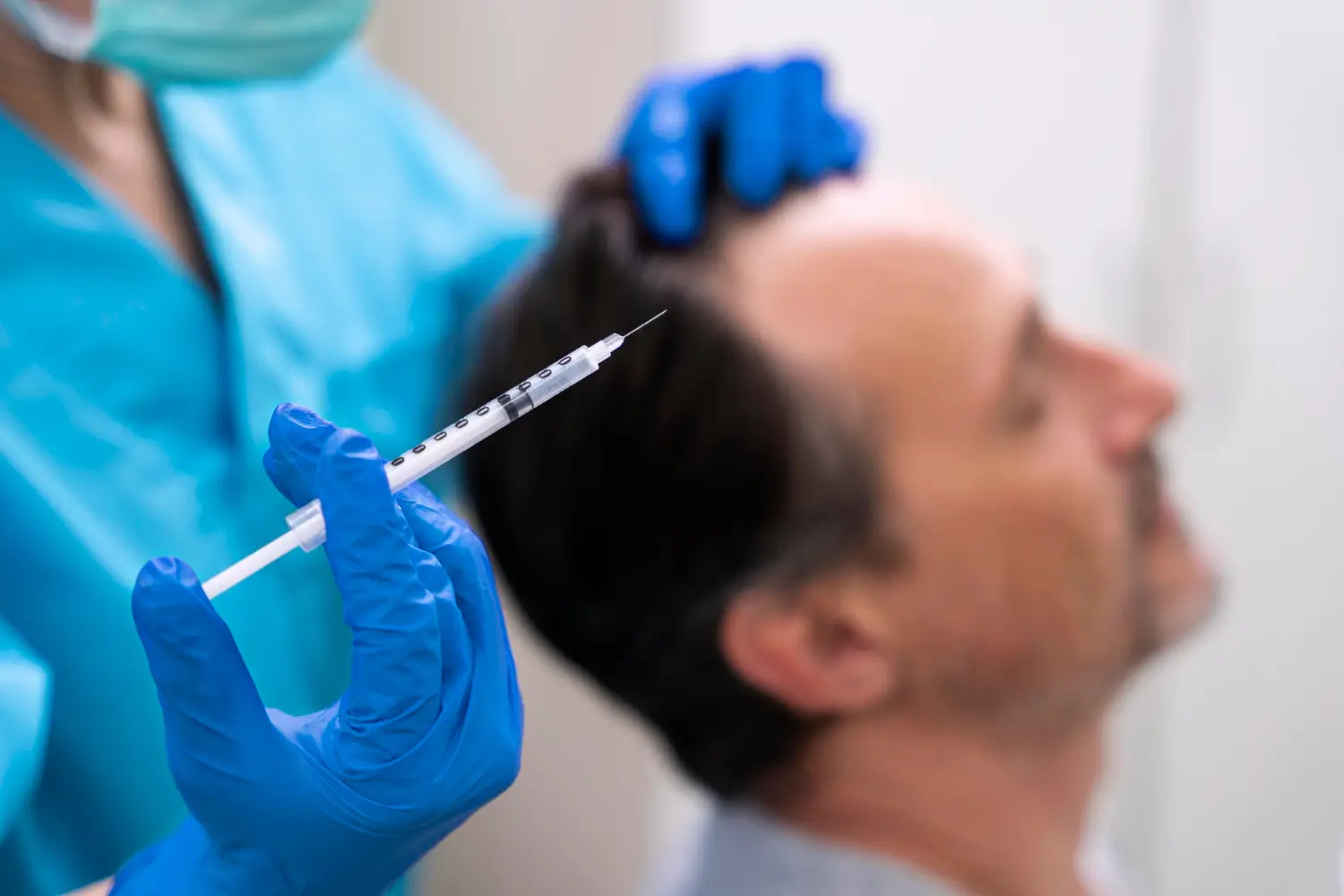
Once extracted, the PRP is carefully injected into areas of the scalp where hair is thinning or receding. The growth factors in the plasma improve blood circulation and activate dormant hair follicles, encouraging new hair growth while slowing hair loss. Because the treatment uses the patient’s own blood, the risk of side effects is minimal, making it a safe and natural solution for hair restoration.
Plasmolifting has shown promising results in addressing male pattern baldness and other types of hair loss. As evident in Plasmolifting before and after photos, many patients experience noticeable improvements within a few months of treatment. With minimal downtime and proven efficacy, this innovative therapy provides a non-surgical option for restoring hair thickness and confidence.
Effectiveness of Plasmolifting for Hair Loss
Several studies have demonstrated the effectiveness of PRP therapy in treating androgenetic alopecia (male pattern baldness). One review highlighted its ability to increase hair thickness and density in men, offering a promising non-surgical solution for hair restoration. Another study reported significant increases in hair density within six weeks of treatment, with some participants experiencing sustained benefits even a year after their final session.
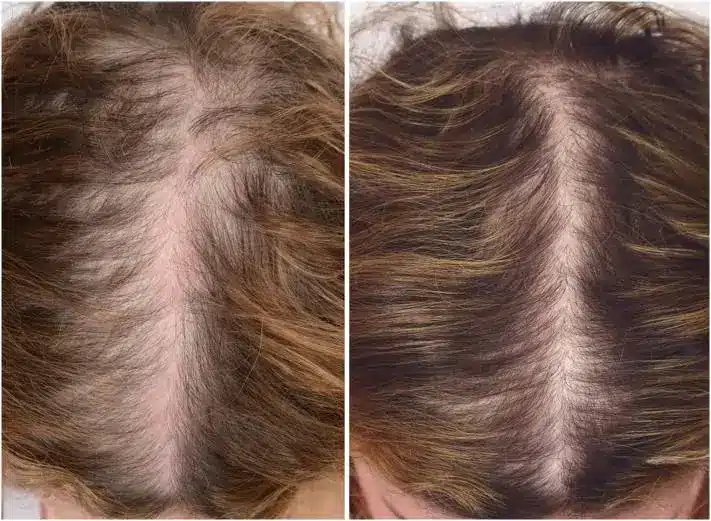
PRP therapy has also proven effective in addressing female pattern baldness. A review of 12 clinical trials revealed that 84% of the studies reported significant improvements in hair density and thickness among female participants. Women experiencing hair thinning on the top and crown of the head particularly benefited from the treatment, making it a valuable option for addressing diffuse hair loss in women.
The effectiveness of PRP therapy lies in its ability to enhance hair thickness and density by increasing blood supply to the hair follicles and promoting the growth phase of the hair cycle. A 2018 review further confirmed that PRP could trigger hair growth by directly delivering essential growth factors to the scalp, leading to thicker and healthier hair.
Patient Suitability, Expected Results, and Post-Treatment Care
Plasmolifting is a highly effective non-surgical option for individuals experiencing hair loss, particularly those with male or female pattern baldness. This treatment is ideal for those seeking a natural and minimally invasive solution to thinning hair or receding hairlines.
Patients can expect initial improvements, such as reduced hair shedding, within three months of starting treatment. By six months, many report thicker and fuller hair. A typical treatment plan involves 3–6 sessions spaced about a month apart to achieve optimal results, with maintenance treatments once or twice a year to preserve hair density and prevent further loss.
Post-treatment care plays a crucial role in enhancing the results of Plasmolifting. During the recovery period, patients are advised to avoid harsh chemicals, heat styling, and excessive sun exposure. Gentle shampoos, proper hydration, and a balanced diet can further support hair health and ensure long-lasting outcomes.
Conclusion
Plasmolifting offers a natural, safe, and effective solution for hair loss, making it an appealing option for individuals with male or female pattern baldness. By utilizing the body’s natural healing properties, this treatment not only promotes hair growth but also enhances scalp health.
With minimal downtime and proven results, Plasmolifting continues to grow in popularity as a non-surgical alternative to hair restoration.
FAQs
1. What is Plasmolifting, and how does it help with hair loss?
Plasmolifting is a PRP-based treatment where platelet-rich plasma from your blood is injected into the scalp. The growth factors in PRP stimulate hair follicles, improving thickness and reducing hair loss.
2. How long does it take to see results with Plasmolifting?
Initial results, such as reduced hair shedding, can be observed within three months. Noticeable improvements in hair density typically occur around the six-month mark.
3. How many sessions are required for optimal results?
A typical treatment plan involves 3–6 sessions spaced one month apart. Maintenance treatments are recommended once or twice a year.
4. Can Plasmolifting be combined with other treatments?
Yes, Plasmolifting can complement other hair restoration methods, like microneedling, for enhanced results. Always consult your healthcare provider for personalized advice.
References
Hair loss: Diagnosis and treatment. www.aad.org. https://www.aad.org/public/diseases/hair-loss/treatment/diagnosis-treat
PRP for Hair Loss: Efficacy, Safety, and Cost. Healthline. Published January 3, 2019. https://www.healthline.com/health/prp-for-hair-loss
Curtis L. Platelet-Rich plasma (PRP) injections for hair loss: What to know beforehand. Verywell Health. https://www.verywellhealth.com/prp-for-hair-loss-8363090
